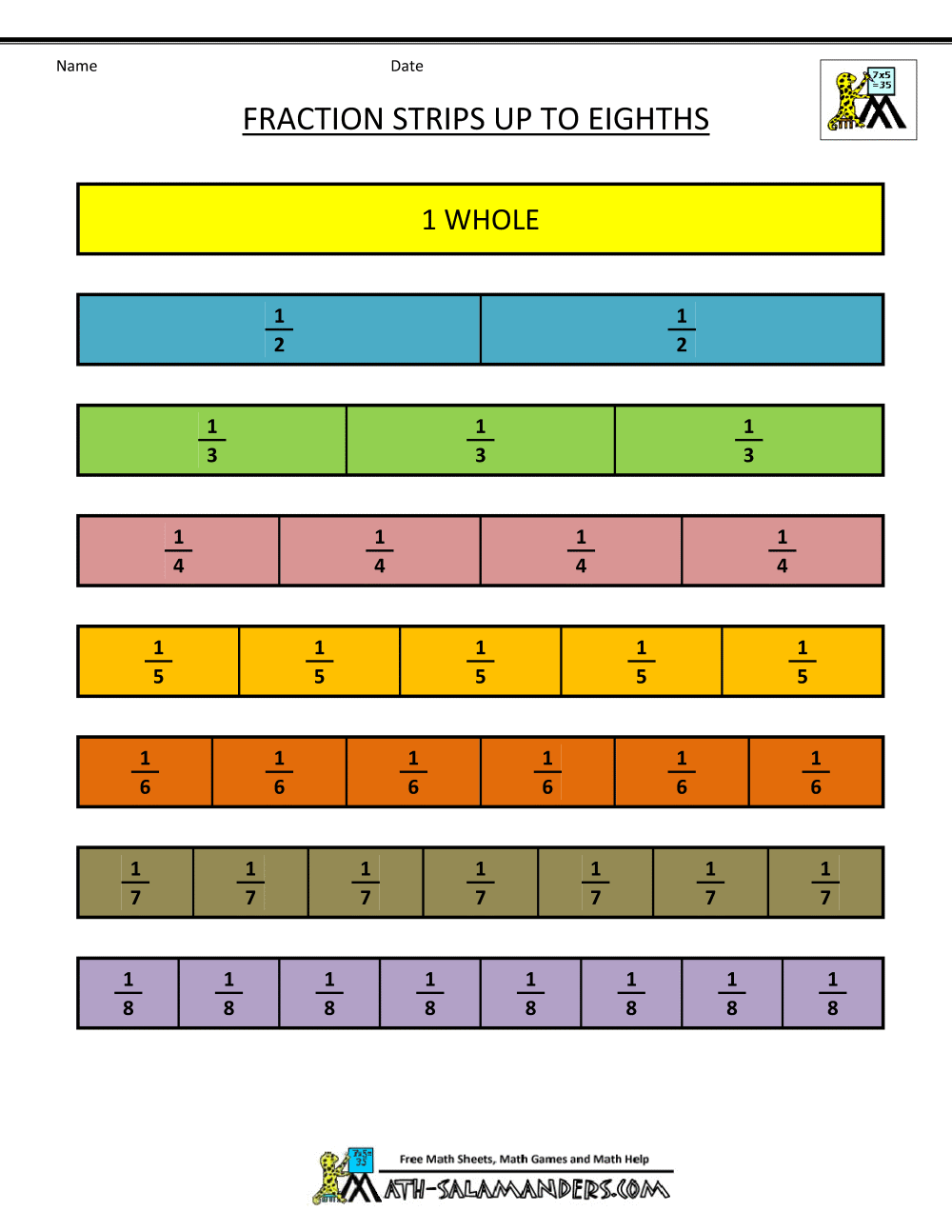


Compare the fractions to the benchmark fractions.Convert all the fractions to have the same denominator as the benchmark fractions.Identify the benchmark fractions that can be used for comparison.Identify the fractions that need to be compared.Here are the steps to compare fractions using benchmark fractions: The most common benchmark fractions are 1/2, 1/3, and 1/4.
Benchmark fractions chart how to#
How to Compare Fractions using Benchmark Fractions?Ĭomparing fractions using benchmark fractions is a useful technique that involves comparing a given fraction with commonly known fractions that act as benchmarks. Tenths (1/10) are often used in decimals to express percentages.For example, if you divide 24 into 8 equal parts, each part will be 3, which is 1/8 of 24. Eighths (1/8) are commonly used when dividing a number into equal parts.For example, 10 minutes is equivalent to 1/6 of an hour. Sixths (1/6) are used when dealing with time.
 Fifths (1/5) are used in decimals when expressing percentages. For example, when measuring time, 15 minutes can be expressed as 1/4 of an hour. Quarters (1/4) are often used in the measurement. For instance, if you have a fraction like 4/9, you can round it up to 1/3 for easier calculations. Thirds (1/3) are also commonly used as benchmark fractions. For example, if you have a fraction like 3/4, you can estimate it to be around 1/2, which is a benchmark fraction. Half (1/2) is often used as a benchmark fraction when comparing or estimating other fractions. Other benchmark fractions include 1/16, 1/20, and 1/100. These fractions are easy to work with, and their decimal equivalents are also easy to remember. Benchmark fractions usually have simple and easy-to-remember values, making them useful in different settings. These fractions are often used to make comparisons, estimate, and simplify other fractions. A benchmark fraction is a fraction that is commonly used as a reference point or a standard in mathematical operations.
Fifths (1/5) are used in decimals when expressing percentages. For example, when measuring time, 15 minutes can be expressed as 1/4 of an hour. Quarters (1/4) are often used in the measurement. For instance, if you have a fraction like 4/9, you can round it up to 1/3 for easier calculations. Thirds (1/3) are also commonly used as benchmark fractions. For example, if you have a fraction like 3/4, you can estimate it to be around 1/2, which is a benchmark fraction. Half (1/2) is often used as a benchmark fraction when comparing or estimating other fractions. Other benchmark fractions include 1/16, 1/20, and 1/100. These fractions are easy to work with, and their decimal equivalents are also easy to remember. Benchmark fractions usually have simple and easy-to-remember values, making them useful in different settings. These fractions are often used to make comparisons, estimate, and simplify other fractions. A benchmark fraction is a fraction that is commonly used as a reference point or a standard in mathematical operations.







 0 kommentar(er)
0 kommentar(er)
